Costa Rica Tara Beads Coffee Bean Flavor Taste Characteristics Raisin Honey Processing Mozart Coffee Bean Introduction
Do you think honey treatment is processed together with honey? No, although a single honey word is enough to cause a lot of misunderstandings, not to mention coffee beans have a taste as sweet as honey. Qianjie is often asked about the operation of the honey treatment process, and coffee fans are really curious about the honey treatment. Today, Qianjie will come to answer your questions and questions.
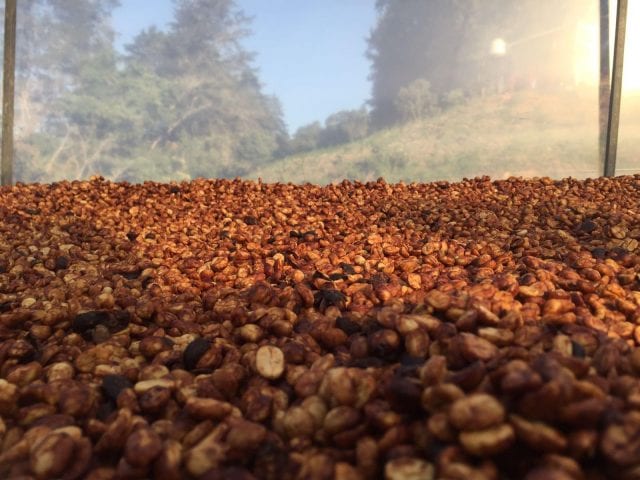
When it comes to honey treatment, the most miraculous use is Costa Rica. Although Costa Rican coffee is mostly treated with traditional washing, Qianjie thinks that honey treatment is the biggest highlight of Costa Rican coffee. The sweetness of honey-treated coffee beans is quite good, compared with washing treatment, honey-treated coffee beans are sweeter and moderately acidic, and the coffee will not be too irritating in taste. So what are the steps of its processing?
Bean selection is essential. After removing the peel and pulp of good quality coffee beans, the pectin layer of coffee will be exposed. Unlike the fermented pectin of water treatment, honey treatment is to retain the pectin layer directly and then expose it to the sun. Before exposure, the pectin layer of coffee beans is very sticky, like honey, and not only after exposure, the pectin layer becomes thicker after absorbing the air, so this treatment is called honey treatment.
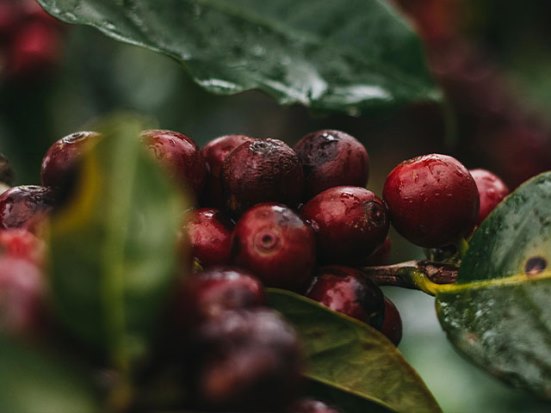
Coffee fans should know that Costa Rica has a deep coffee culture, not only has superb coffee skills, but also produces world-class high-quality coffee. Costa Rica is an excellent coffee producer, both in terms of its innate environmental advantages and its acquired efforts to produce quality coffee. Although Costa Rica ranks third from the bottom in terms of land area in Central America, its economic environment is better than that of half of the countries. Colombians say that it is coffee that has changed the country and enabled people to enjoy a rich environment. Coffee does make a great contribution to this country.
Qianjie believes that the taste characteristics of Costa Rican coffee can be regarded as the classic flavor of gourmet coffee, and the reputation of superior coffee is by no means a false reputation. Costa Rican coffee has always had a steady flavor, mild taste and high acidity. Aromatic and rich texture, taste extremely balanced, very popular.
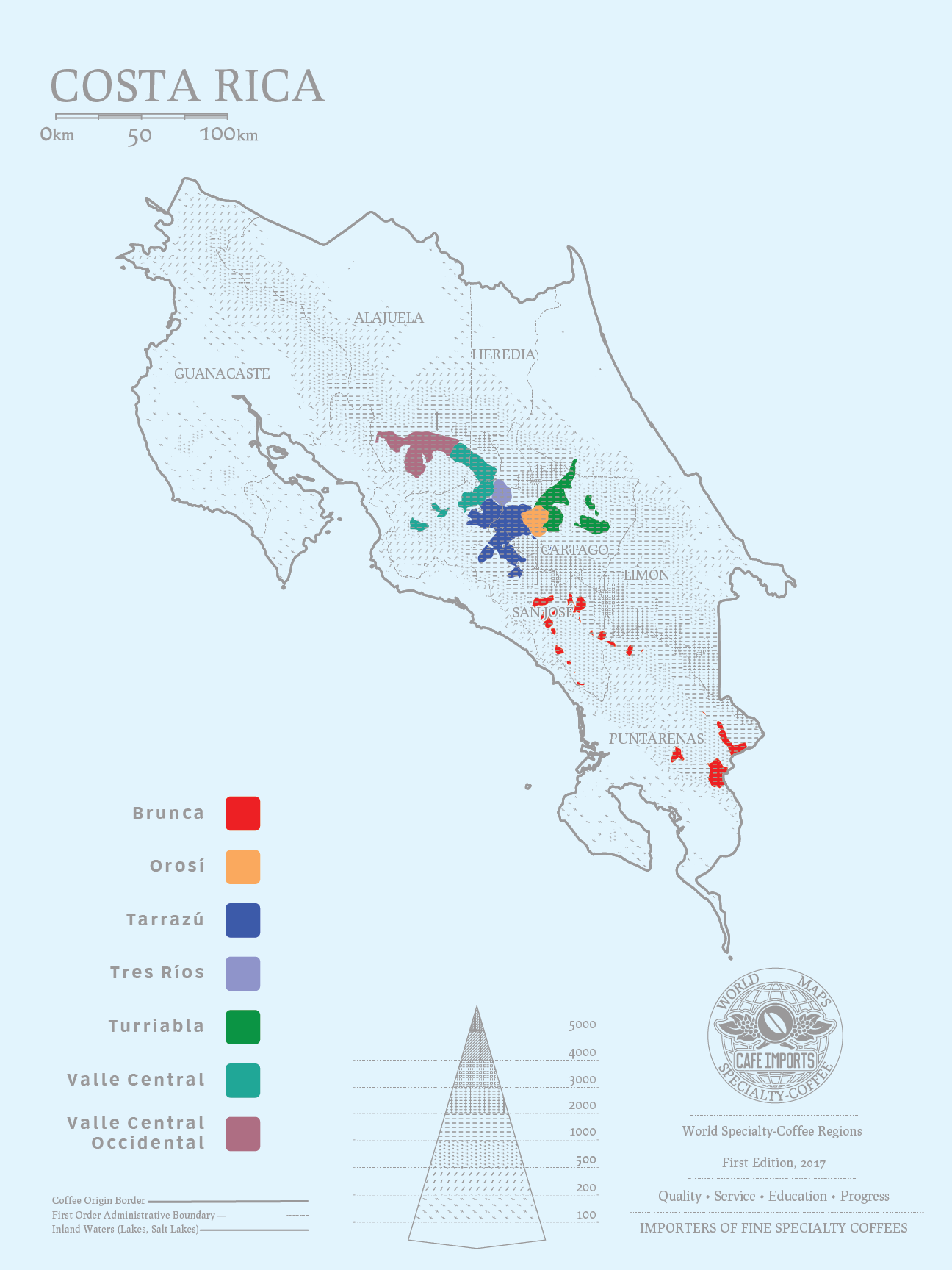
Why is Costa Rican coffee so delicious? In fact, there are many factors that affect the flavor of coffee: variety, origin, planting mode. Qianjie thinks we should break up the coffee producing area of Costa Rica. In Costa Rica, there are seven coffee producing areas: the Turialva Valley, the Central Valley, the Western Valley, the three Rivers region, Brenka, Orosi and Tarazu. Among them, the Central Valley, Tarazhu and Brunka are the most famous. The producing area combines the coffee beans in Qianjie, and Qianjie is going to start today's popular science.
The best-known Costa Rican coffee beans are the musicians' series, which comes from Tara beads, Costa Rica. Tarazhu is very famous in the world of boutique coffee and is one of the major coffee producing areas in the world. In the 2014 COE competition, of the 23 beans on the list, 17 came from Tarazhu producing areas. Tarazhu is located in the fertile volcanic region of Central America, which has a humid climate and fertile volcanic soil, abundant rainfall throughout the year, high altitude, and dense forest natural shade, providing a unique growth environment for coffee growth. Pesticides or artificial fertilizers are not used in the planting process. Nearly 95% of the coffee beans produced in Tarazhu Alpine are very hard beans (SHB), which generally grow above 1500 meters above sea level.
The Qianjie store currently has three Costa Rican coffee beans: Bach, Beethoven and Mozart. Let's break through one by one.
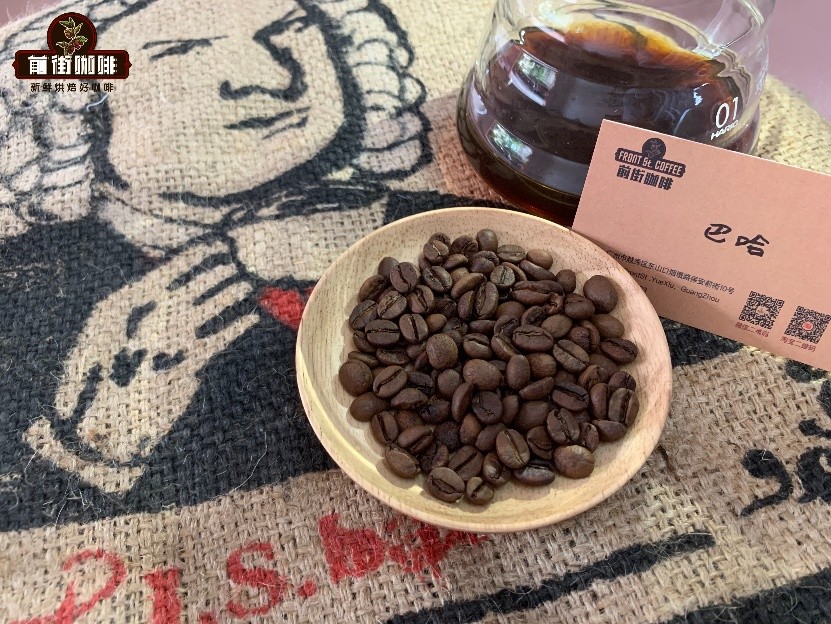
Baja, Costa Rica
Country: Costa Rica
Producing area: Tarazhu
Altitude: 1950m
Treatment: raisin honey treatment
Grade: very hard bean SHB
Variety: Kaddura
Flavor description: sweet and colorful fruits, strawberries, apples, lemons, grapes, citrus flavors show, honey and toffee taste unforgettable. Silky and creamy mellow, such as the lingering finish of top Indian Darjeeling black tea.
The dry aroma of Baja coffee has fruit aromas such as strawberries, blackberries and raisins. When it is just cooked, the aromas of flowers and fruit are obvious, and after the entrance, it also feels rich fruit aromas and sweet and sour feelings, with a slight wine aroma in the middle and back, like red wine. After cooling down, it has a sweet aroma of candied fruit, and the aroma of the wine is more obvious, and you can even feel the flavor of plum wine. Every mouthful seems to be in the splendor and rigor of baroque aesthetics.
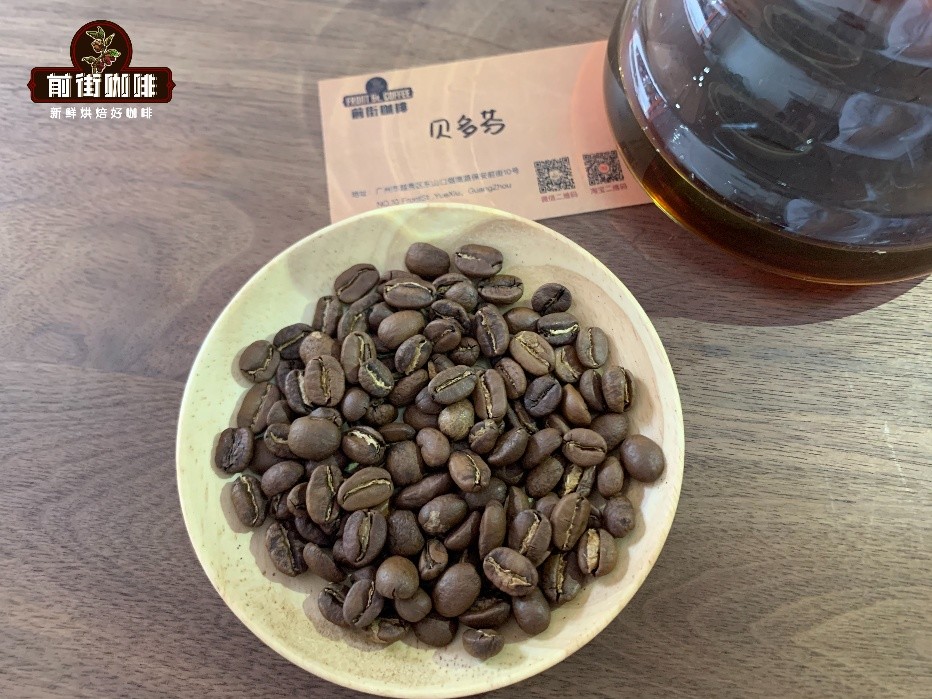
Costa Rican Beethoven
Country: Costa Rica
Producing area: Tarazhu
Altitude: 1900m
Treatment: washing treatment
Grade: SHB
Variety: Huang Kaduai
Flavor description: green grape, vanilla, strawberry, melon, citrus aromas, red pomegranate juice sour, good dryness, smooth taste, with a little green kiwi acid.
Nothing is more famous for romantic classical music than Beethoven. If you drink coffee beans that remind you of Beethoven's music, its flavor will naturally go away. The dry fragrance will have obvious red berries, of which strawberries are the most obvious and give off the fragrance of flowers. When cooking, you can feel the fragrance of flowers, nectar-like sweetness and green grapes. After the entrance of Beethoven coffee, there is a sweet and sour taste of green grapes and red berries, the whole is dry and smooth. The red berries will be more obvious when they are cold. Some foreign coffee bloggers even say that this is a kind of summer romantic coffee!
By the way, unlike the musicians' other series of grape honey treatments, Beethoven uses water to treat coffee beans to achieve the dry and refreshing taste of summer.
Mozart, Costa Rica
Country: Costa Rica
Producing area: Tarazhu
Altitude: 1800m
Treatment: raisin honey treatment
Grade: SHB
Variety: Kaduai
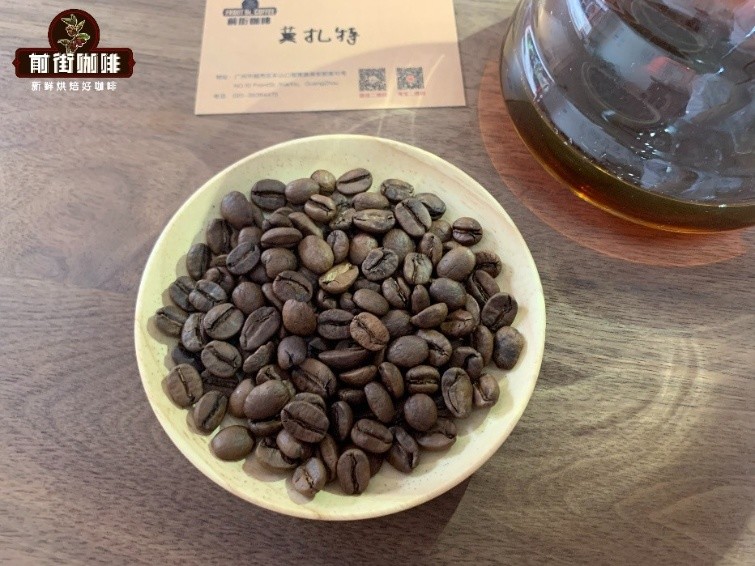
Flavor description: sweetness and berry aromas are amazing! The sweetness, consistency and thickness are quite good, with a sweet taste of ripe fruit similar to dried bananas.
It exudes elegant aromas of white flowers similar to orange blossoms, with more dark berry flavors on the palate and a hint of plum acid value and fudge sweetness in the middle and back. After cooling down, it still retains the fragrance and sweetness of the flowers. Unlike in the past, Mozart coffee beans, which used yellow Kaduai varieties treated with red honey, are famous for their unrestrained floral fragrance, but this time they decided to use Kaddura's sweetness as the representative of Mozart.
Did you find out? In front of Xu Aze, Costa Rica Beethoven and Baja both use a raisin honey treatment, which is different from the honey treatment described earlier. In fact, raisin honey treatment is actually a double fermentation treatment. On the day of harvesting coffee cherries, pour the harvested coffee fruit into a big trough, remove the bad beans, put the screened coffee fruit on an elevated bed to dry for at least three days, then remove the cherry peel, retain the coffee pectin, and then dry it. In the drying process should also be constantly flipped, in order to make the drying uniform, to grasp the frequency of flipping, so as to avoid excessive fermentation. This method of retaining 100% pectin and zero water treatment not only increases the difficulty of honey processing, but also requires strict control of time.
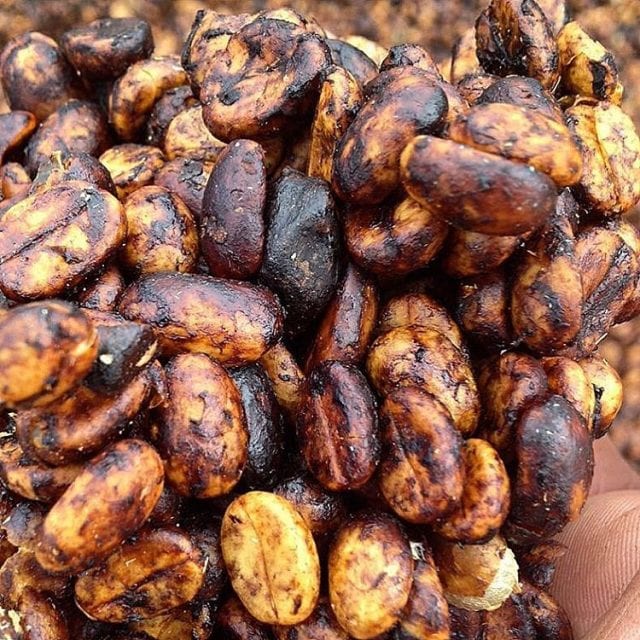
Beethoven in Qianjie, on the other hand, uses a washing method. After harvest, Beethoven will go through a screening procedure, first pick out the immature or overripe beans, then remove the pulp, remove the mucus on the beans and then use a centrifugal washing machine to avoid fermentation, then wash them with clean water, and finally dry them on a sunshaded viaduct for 12-14 days, constantly turning to achieve uniform drying, washed beans. It tastes clean and bright.
According to the old rule, Qianjie still gives you some cooking advice:

V60 filter cup
Water temperature 91 ℃
Ratio of gouache to flour at 1:15
Powder content 15g
Degree of grinding (China 20 standard screen pass rate of 80%)
Qianjie cooking technique: use 30 grams of water for steaming for 30 seconds, small water flow around the circle to 125 grams for segments, when the water level is about to expose the powder bed, continue to inject water to 225 grams to stop water injection, wait for the water level to drop and remove the filter cup when the powder bed is about to be exposed. (the time of steaming starts) the extraction time is 2 minutes 39 percent 00 ".
Professional coffee knowledge exchange more coffee bean information please follow the coffee workshop (Wechat official account cafe_style)
For more boutique coffee beans, please add private Qianjie coffee on Wechat. WeChat account: kaixinguoguo0925
Important Notice :
前街咖啡 FrontStreet Coffee has moved to new addredd:
FrontStreet Coffee Address: 315,Donghua East Road,GuangZhou
Tel:020 38364473
- Prev
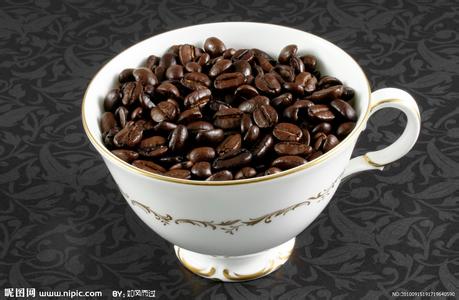
A brief introduction to the Variety producing area of Xidamoyejia Coffee Coffee by Flavor description
Xidamoyejia Snow Coffee Flavor description method A brief introduction to the varieties and regions recommended production methods: hand flushing, law pressing, Ailo pressure. The unique aroma of Yirgacheffe, which has a hand grinding degree of 3.5C and water temperature of 90C, comes from Yirga, a small town in the northwest of Sidamo province. Yejasuffe (Yirgacheffe) coffee
- Next

Description of the characteristics and Flavor of Tippi Katim Coffee Bean A brief introduction to the region produced by taste treatment
Description of the characteristics and flavor of Tippi Katim coffee beans typica originates from Ethiopia, the ancient origin of coffee, and is the earliest original species of coffee. Bourbon is a variety of typica, both of which have rich aroma and excellent taste performance, and they are also very high quality products in Arabica species.
Related
- Detailed explanation of Jadeite planting Land in Panamanian Jadeite Manor introduction to the grading system of Jadeite competitive bidding, Red bid, Green bid and Rose Summer
- Story of Coffee planting in Brenka region of Costa Rica Stonehenge Manor anaerobic heavy honey treatment of flavor mouth
- What's on the barrel of Blue Mountain Coffee beans?
- Can American coffee also pull flowers? How to use hot American style to pull out a good-looking pattern?
- Can you make a cold extract with coffee beans? What is the right proportion for cold-extracted coffee formula?
- Indonesian PWN Gold Mandrine Coffee Origin Features Flavor How to Chong? Mandolin coffee is American.
- A brief introduction to the flavor characteristics of Brazilian yellow bourbon coffee beans
- What is the effect of different water quality on the flavor of cold-extracted coffee? What kind of water is best for brewing coffee?
- Why do you think of Rose Summer whenever you mention Panamanian coffee?
- Introduction to the characteristics of authentic blue mountain coffee bean producing areas? What is the CIB Coffee Authority in Jamaica?

